Genetic information describing the characteristics of an organism is found in which of the following?
Nuclei
Membranes
Cilia
Ribosomes
Correct Answer : A
The correct answer is a. Nuclei. Genetic information describing the characteristics of an organism is found in the nuclei of its cells. The nucleus contains the organism's DNA, which carries the genetic information that determines its traits.
b. Membranes are structures that surround and enclose cells and organelles, but they do not contain genetic information.
c. Cilia are hair-like structures that protrude from the surface of some cells and are involved in movement, but they do not contain genetic information.
d. Ribosomes are organelles that are involved in protein synthesis, but they do not contain genetic information.
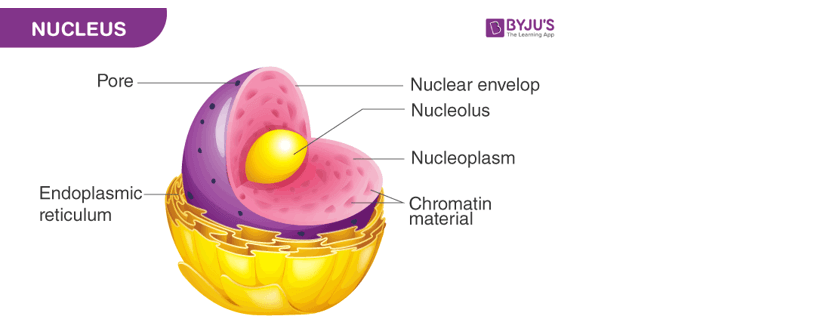
TEAS 7 Exam Quiz Bank
HESI A2 Exam Quiz Bank
Find More Questions 📚
Teas 7 Questions: We got the latest updated TEAS 7 questions
100% Money Refund: 100% money back guarantee if you take our full
assessment pass with 80% and fail the actual exam.
Live Tutoring: Fully customized live tutoring lessons.
Guaranteed A Grade: All students who use our services pass with 90%
guarantee.
Related Questions
Correct Answer is B
Explanation
The correct answer is b. Spectrophotometer. A spectrophotometer is a tool that can be used to measure the turbidity of a liquid by measuring the transmission of light through the sample. Turbidity is a measure of the cloudiness or haziness of a liquid caused by the presence of suspended particles. A spectrophotometer measures the amount of light that passes through the sample and compares it to the amount of light that passes through a reference sample to determine the turbidity.
a. A centrifuge is a tool used to separate components of a mixture based on their densities, not to measure
turbidity.
c. A microdensitometer is a tool used to measure the optical density of an image, not to measure turbidity.
d. An electrophorometer is a tool used to separate charged particles based on their size and charge, not to measure turbidity.

Correct Answer is D
Explanation
Enzymes are a type of protein that catalyze chemical reactions in the body. Proteins are one of the four main classes of biological molecules, along with lipids, carbohydrates, and nucleic acids.
The other options are not classes of biological molecules that include enzymes.Lipids are a class of molecules that includes fats and oils, vitamins are organic compounds that are essential for normal growth and nutrition, and carbohydrates are a class of molecules that includes sugars and starches.
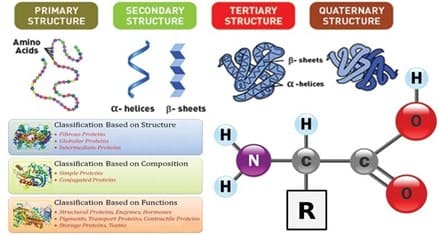
Correct Answer is A
Explanation
The correct answer is a. Nuclei. Genetic information describing the characteristics of an organism is found in the nuclei of its cells. The nucleus contains the organism's DNA, which carries the genetic information that determines its traits.
b. Membranes are structures that surround and enclose cells and organelles, but they do not contain genetic information.
c. Cilia are hair-like structures that protrude from the surface of some cells and are involved in movement, but they do not contain genetic information.
d. Ribosomes are organelles that are involved in protein synthesis, but they do not contain genetic information.

Correct Answer is D
Explanation
The triple point of a substance is the temperature and pressure at which the substance exists simultaneously in solid, liquid, and gas phases ¹. In thermodynamics, the triple point of a substance is the temperature and pressure at which the three phases (gas, liquid, and solid) of that substance coexist in thermodynamic equilibrium.
The other options are not correct because they do not accurately describe the triple point of a substance. Sol, gel, and plasma are not phases that coexist at the triple.
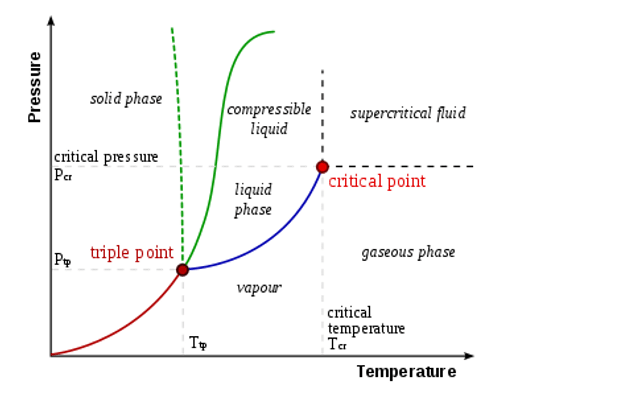
Correct Answer is D
Explanation
Air resistance could be greater for A than for B.
Since both objects have the same mass but different times of fall, it suggests that there could be differences in air resistance affecting their fall rates. Object A took longer to fall, indicating that it might have experienced more air resistance compared to Object B.
Correct Answer is D
Explanation
D. The opening of potassium channels allowing potassium to leave the neuron
The correct answer is d. The opening of potassium channels allowing potassium to leave the neuron. Repolarization of a neuron occurs after an action potential, when the neuron's membrane potential returns to its resting state. This is achieved by the opening of potassium channels, which allows potassium ions to flow out of the neuron. This movement of positively charged ions out of the neuron helps to restore the negative membrane potential.
A. The inhibition of sodium and potassium pumps would not allow for repolarization because these pumps are necessary for maintaining the resting membrane potential.
B. The opening of sodium channels would cause depolarization, not repolarization.
C. The closing of both sodium and potassium channels would restrict ion movement, but it would not allow for repolarization.
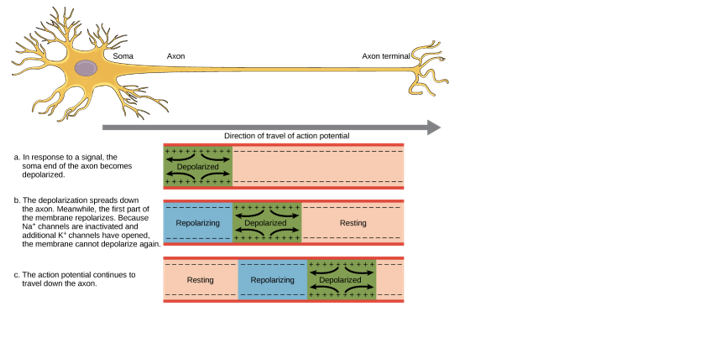
Correct Answer is D
Explanation
Most of the carbon dioxide from the blood moves into the alveoli by diffusion down a concentration gradient ¹. Carbon dioxide is always carried in the blood and is released into alveolar air during expiration ¹. Respiratory gases move from higher concentration to lower concentration ¹. In alveolar air, when carbon dioxide is less than in blood, carbon dioxide is released ¹.
The other options are incorrect because they do not accurately describe the process by which most of the carbon dioxide from the blood moves into the alveoli. Passive transport using carrier proteins, active transport using energy, and conversion to carbon monoxide is not the processes responsible for moving most of the carbon dioxide from the blood into the alveoli.
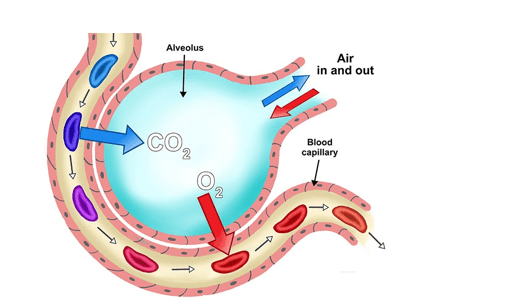
Correct Answer is C
Explanation
The parotid gland is an exocrine gland that secretes saliva into the mouth. Exocrine glands secrete their products into ducts that carry the secretions to the body's surface or into body cavities. The other options are endocrine glands, which secrete hormones directly into the bloodstream. The pineal gland secretes melatonin, the parathyroid glands secrete parathyroid hormone, and the pituitary gland secretes several hormones that regulate various bodily functions.
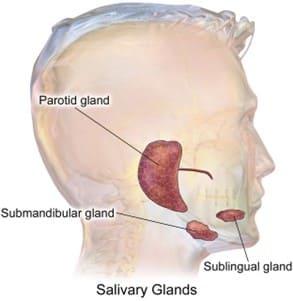
Correct Answer is C
Explanation
The correct answer is c. Atoms, cells, tissues, organs. This is the correct order of structures from simple to complex. Atoms are the smallest and simplest units of mater. Cells are made up of atoms and are the basic units of life.
Tissues are groups of similar cells that work together to perform a specific function. Organs are made up of different types of tissues and perform more complex functions.
A. Cells, tissues, atoms, organs is not the correct order from simple to complex.
B. Atoms, organs, tissues, cells is not the correct order from simple to complex.
D. Organs, tissues, cells, atoms is not the correct order from simple to complex.
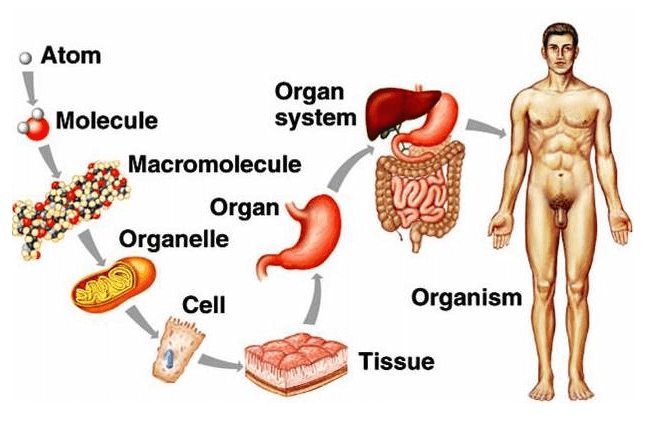
Correct Answer is A
Explanation
A population is said to be at its carrying capacity when it has reached the maximum number of individuals that can be sustained in a particular environment over a prolonged period of time, given the available resources and the prevailing environmental conditions.
In other words, carrying capacity refers to the maximum population size that a given ecosystem can support without being depleted of resources or experiencing environmental degradation. Once a population reaches its carrying capacity, its growth rate slows down and stabilizes, as individuals start to compete more intensely for resources such as food, water, and shelter, and mortality rates increase.
Carrying capacity is an important concept in ecology and population biology because it helps to explain the dynamics of natural populations and how they are influenced by changes in the environment, such as climate change, habitat loss, and human activities.
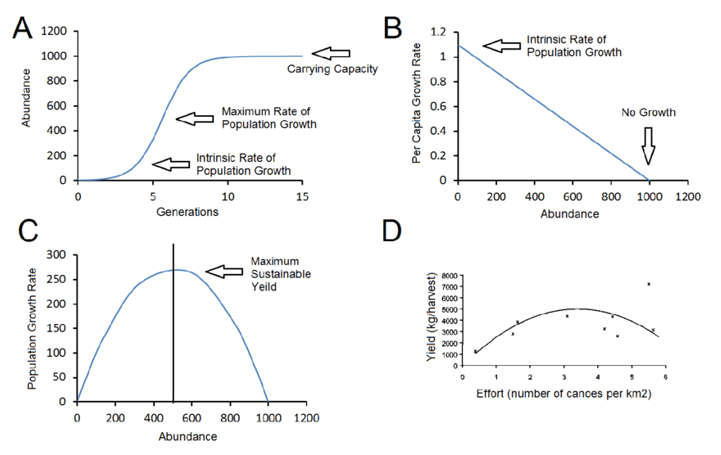
This question was extracted from the actual TEAS Exam. Ace your TEAS exam with the actual TEAS 7 questions, Start your journey with us today
Visit Naxlex, the Most Trusted TEAS TEST Platform With Guaranteed Pass of 90%.
Money back guarantee if you use our service and fail the actual exam. Option of personalised live tutor on your area of weakness.
